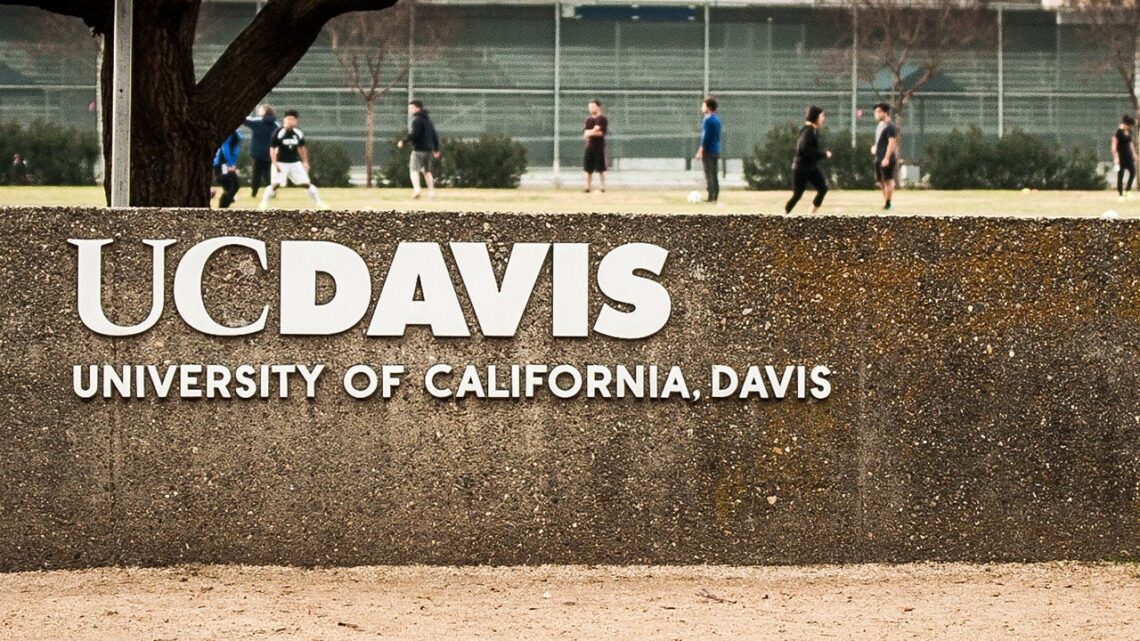A Northern California medical school that ranks applicants based on how disadvantaged they are could be a model for medical schools across the U.S. after the Supreme Court struck down race-based admissions last week, the New York Times reported.
The Univeresity of California, Davis Medical School’s Associate Dean of Admissions Dr. Mark Henderson explained how the medical school evaluates applicants based on a “socioeconomic disadvantage scale” or “S.E.D.” Every applicant is ranked from zero to 99 based on their background, such as family income and parental education.
Applicants are given an adversity score based on eight categories which include “family income, whether applicants come from an underserved area, whether they help support their nuclear families and whether their parents went to college,” the Times reported.
For example, children of doctors receive a score of zero on the SED scale, Henderson revealed.
DOCTOR WARNS ‘WOKE’ AGENDA GAINING FOOTHOLD IN MEDICAL COLLEGES: ‘DIVERSITY ABOVE MERIT’
The university says their admissions decisions are based holistically, using the S.E.D. score “combined with the usual portfolio of grades, test scores, recommendations, essays and interviews.” Henderson said there was “no set formula on how to balance the scale with the academic record,” but touted how a simulation showed underrepresented students “grew to 15.3 percent from 10.7 percent” and economically disadvantaged students “tripled to 14.5 percent of the class from 4.6 percent.”
The U.C. Davis model, implemented in 2012, has gained national attention for bringing diversity to the once mostly-White student body, the Times reported.
In its most recent incoming class of 133 students, half belong to groups that are under-represented in medicine, the school revealed.
36% of students were Asian, 30% are Hispanic, 14% are Black and 15% are White, UC Davis reported.
“A vast majority of the U.C. Davis class — 84 percent — comes from disadvantaged…
Read the full article here







